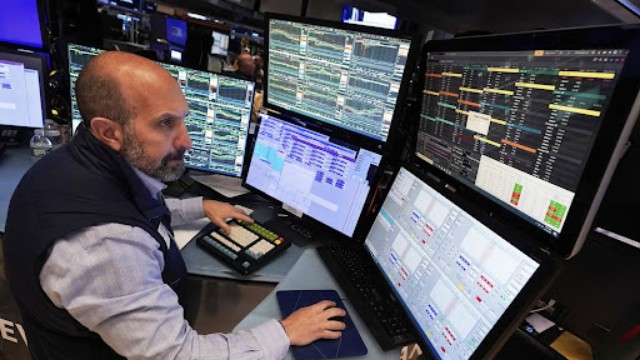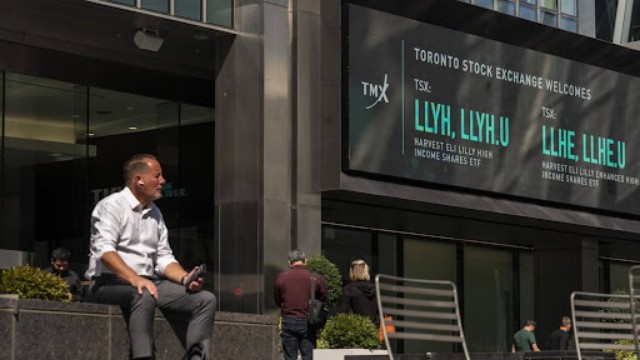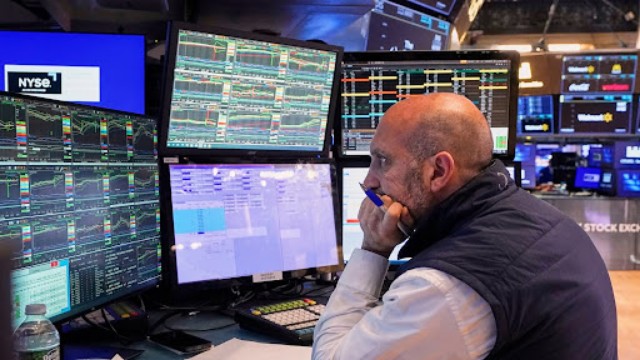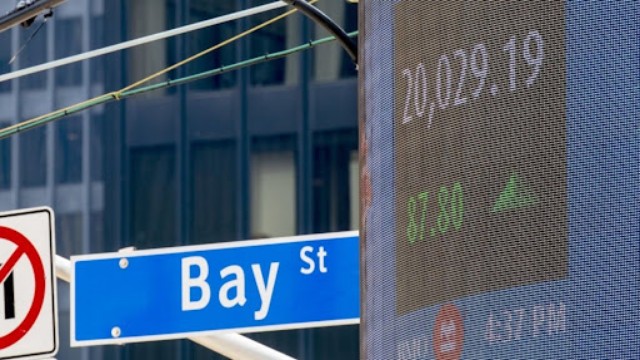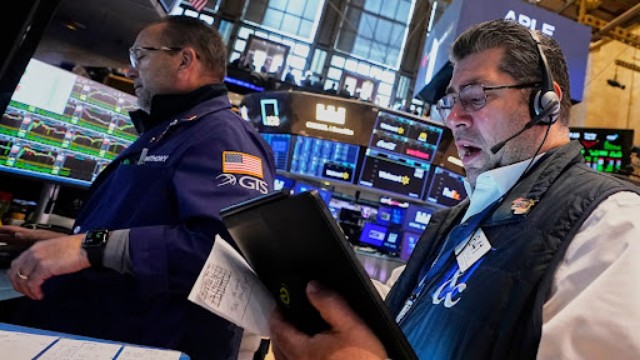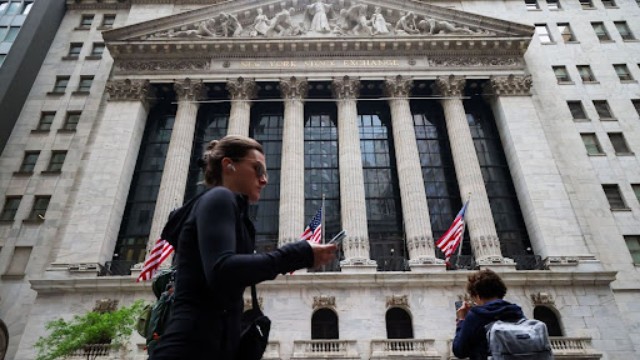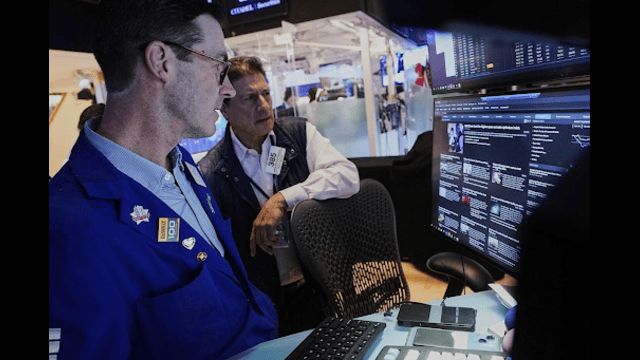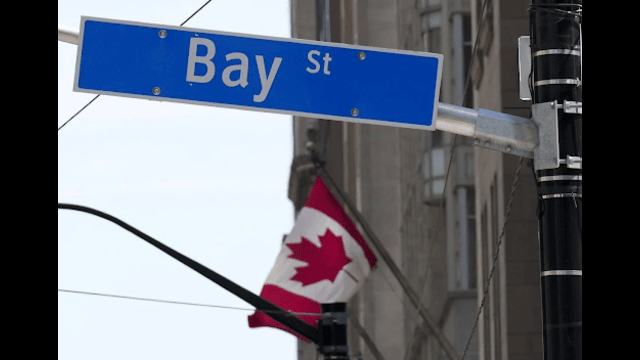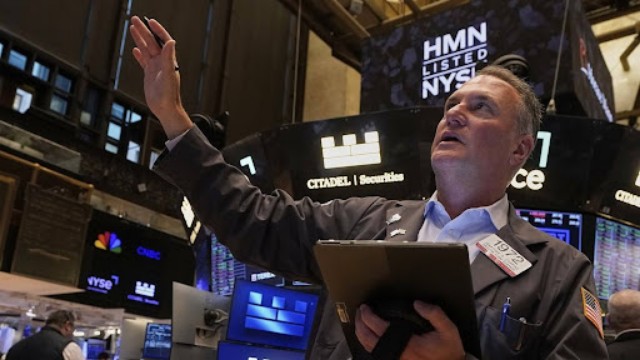
Jonathan Corpina, a trader, is seen at work on the floor of the New York Stock Exchange on Wednesday, May 14, 2025. (Photo: Richard Drew/AP)
Earlier this year, it looked like the stock market was heading for disaster. In early April, President Donald Trump announced major tariffs on several of America’s trading partners, including a sharp hike on Chinese imports. Investors panicked. The S&P 500 plummeted by 12% in just four days. Talk of a possible recession spread, and consumer confidence dropped even more.
But just weeks later, the picture shifted dramatically. This week, the S&P 500 surged by 5.3%, erasing all its losses for the year and moving back into positive territory. For many Americans with 401(k) retirement accounts, this sudden turn was a welcome surprise.
So, how did this dramatic recovery happen?
The Tariff Shock and Sudden Reprieve
Everything started on April 2 when President Trump, standing in the Rose Garden, announced massive tariffs—especially targeting China. The duties on Chinese imports shot up to 145%. China struck back fast, slapping 125% tariffs on U.S. goods. Investors pulled their money out of U.S. stocks, sending the market into a steep dive.
Just a week later, on April 9, Trump posted on social media that most of the new tariffs—except those aimed at China—would be paused for 90 days. That single move sent the S&P 500 soaring by 9.5% in one of its strongest single-day jumps ever.
Bonds, the Dollar, and Global Concerns
While Trump didn’t comment much on the stock market crash, signs of trouble in other areas were harder to ignore. U.S. government bond prices tumbled, sparking fears about the safety of the Treasury market—long considered a global safe haven. The U.S. dollar also fell sharply, another red flag that investors were starting to lose confidence in the American economy.
Although the stock market has bounced back, bonds and the dollar haven’t fully recovered. Experts say global investors remain uneasy, especially about what the Federal Reserve might do with interest rates.
Jobs, Inflation, and Real-World Data
Despite the market chaos, the underlying economy has shown strength. Job numbers are solid, with 177,000 positions added in April. Inflation has cooled down, easing worries about rising prices. While consumer confidence remains shaky, the economy hasn’t shown signs of collapsing.
Big Companies Keep Delivering Profits
One major reason behind the market’s rebound is strong earnings. Most companies in the S&P 500 reported better-than-expected profits. Big names like Microsoft and Meta Platforms impressed investors. In fact, nearly 75% of S&P 500 companies beat Wall Street’s profit forecasts, pushing overall earnings growth to around 13.6% compared to last year.
Trade Talks Cool Tensions (For Now)
This month, the White House began softening its stance on trade. A new deal with the United Kingdom helped ease concerns. Even more promising, the U.S. and China agreed to roll back most of their newly imposed tariffs, leading to another major rally in the stock market.
Caution Ahead Despite Gains
Still, not everything is back to normal. Many companies, even those reporting strong profits, are unsure about the future. Some have reduced or withdrawn their financial forecasts entirely. Tech giants like Apple and Alphabet remain down significantly for the year. The Nasdaq index, packed with tech firms, is still showing losses.
And while many tariffs have been paused, they haven’t been removed. A baseline 10% tariff remains, and duties on Chinese goods are still as high as 30%. Investors have been warned not to relax too soon.
Louis Wong of Phillip Securities summed it up best: “Stay cautious. Anything can change fast.”



